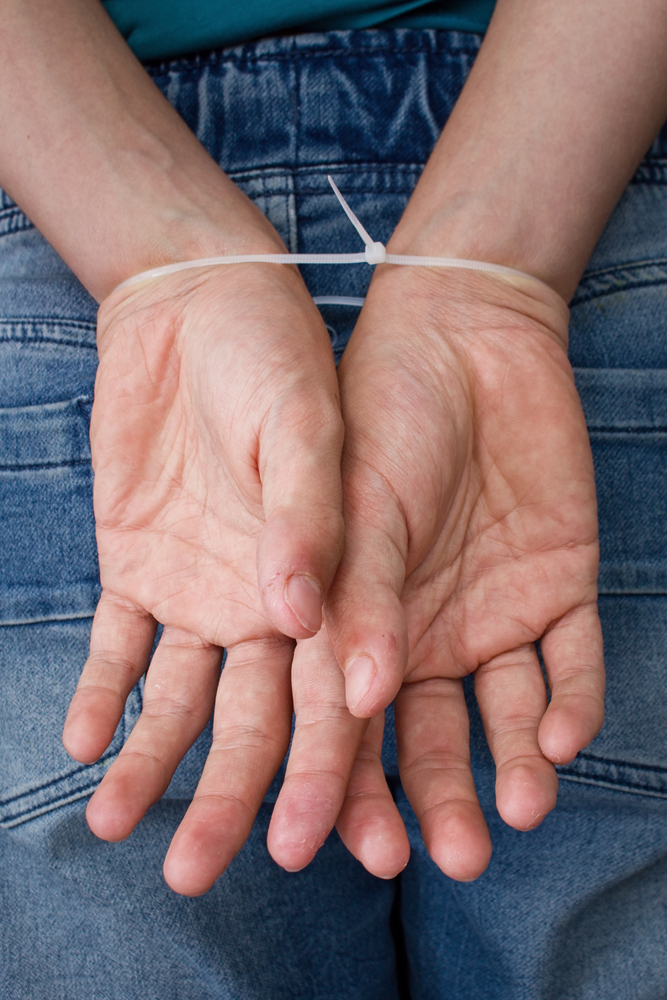Instead of immediate abstinence, he proposed that patients needed to experience drinking alcohol without the endorphin-mediated reward. This could potentially lead to extinction, the reversal of the initial learned association between alcohol and pleasure. Alcohol use disorder (AUD) is a medical condition, and just like many other medical issues, FDA-approved medication can be an effective treatment option. Naltrexone is among the most popular and well-tolerated medication options for AUD. When discussing naltrexone benefits, you may have also heard about the Sinclair Method (TSM).
How effective is The Sinclair Method?

In fact, the American Psychiatric Association recommends it as an option for moderate to severe AUD, including for people who haven’t had success with naltrexone or acamprosate. Beyond the numbers and scientific studies, personal stories and testimonials provide compelling evidence of TSM’s impact. Many individuals who have followed TSM report substantial reductions in their alcohol intake, with alcoholism some achieving complete sobriety.
Important Safety Considerations When Using TSM

The good news is that more providers are learning about this approach, and you can advocate for yourself by bringing research to your doctor. It may be time to reconsider everything you think you know about alcohol recovery if finding a sustainable solution that actually works is a priority. TSM 2.0 emerges as a rejection of the rigidity of some recovery communities.
Online Therapy Can Help
You should feel empowered to learn about all of your options and discuss with your physician which treatment plant works best for your unique goals and preferences. By repeatedly taking naltrexone https://moluda.co.uk/sober-living/addiction-rehab-for-seniors/ with each drinking encounter, the brain’s associations between alcohol and pleasure weakens. This is because the rewards from alcohol get roadblocked by naltrexone, not reinforced. Many people find they’re able to regain control over their alcohol intake and be satisfied after one to two drinks.
Are you covered for treatment?
Drinking less helps reduce the negative consequences of alcohol as well. While large RCTs are considered the “gold standard” of health outcomes research, several smaller studies of targeted naltrexone use suggest promising results. Symptoms include unusual bleeding or bruising, dark urine, yellowing of the skin or eyes, and pain in the upper right part of the abdomen. If you experience such symptoms after taking naltrexone, you should contact your doctor immediately. The Sinclair Method is an affordable, realistic, and flexible treatment option that has a high rate of success.
You may have been told willpower is the answer, but according to Sinclair’s own research, the use of naltrexone in the treatment of alcohol use disorder can have a 78% efficacy rate. Compare this to abstinence-only approaches, where relapse rates often exceed 90% within the first year. Many people are surprised to find that naltrexone’s effectiveness is so well-documented. Additionally, while naltrexone is effective for many individuals struggling with alcohol use disorder, it may not be suitable for everyone. Those with certain medical conditions or contraindications should explore alternative treatment options under professional guidance. It is crucial for individuals considering this method to discuss potential side effects with their healthcare provider and weigh them against the benefits of treatment.
- Extinction simply refers to the process of ending the association of alcohol as reward (12).
- When naltrexone is in the body, the dopamine-driven euphoric rush is diminished, which reduces cravings for pleasurable seeking drugs, specifically alcohol and opioids.
- These approaches typically involve a complete cessation of alcohol use, coupled with support from group meetings, counseling, and, sometimes, a spiritual component.
- Naltrexone will cause a precipitated withdrawal in patients taking opiate drugs or heroin.
- While TSM is a more affordable option than inpatient treatment programs, the long-term costs if medication adherence is required for extended periods must be considered.
However, the Sinclair Method is not the only medication-based approach to alcohol recovery. While this approach is less common in the United States, it has become much more widely used in Europe. Take the online Alcohol Use Assessment to find out if the Sinclair Method and naltrexone treatment Sinclair method could help you regain control without giving up alcohol entirely. Some people even drink more initially as they test whether the medication is “working.” This is normal and doesn’t mean failure. The moderators behind TSM Meetups gradually developed TSM 2.0 to respond to attendees’ needs. Support groups like TSM Meetups allow people to share their experiences and learn from one another.